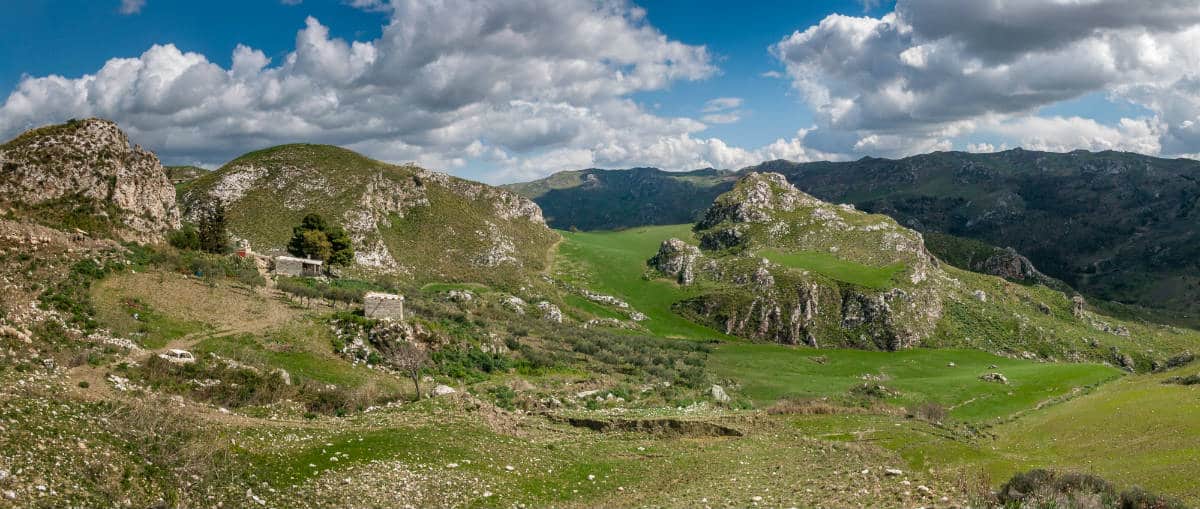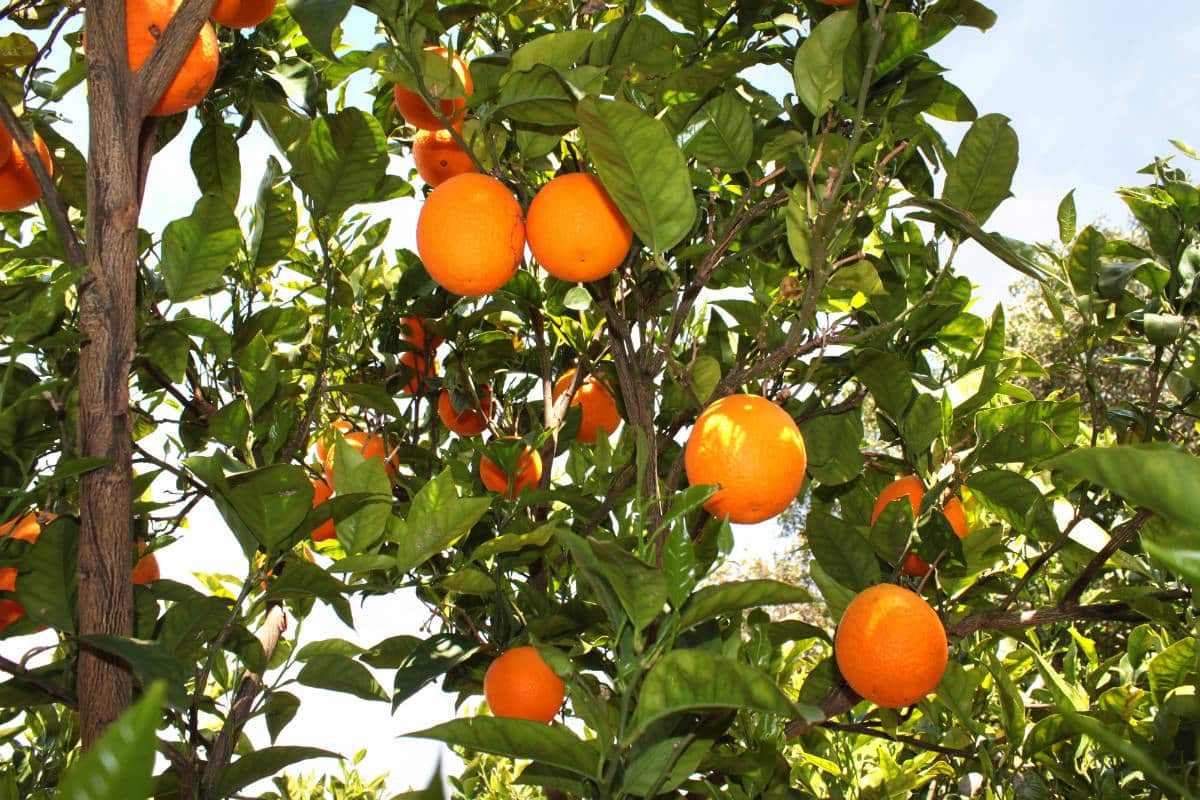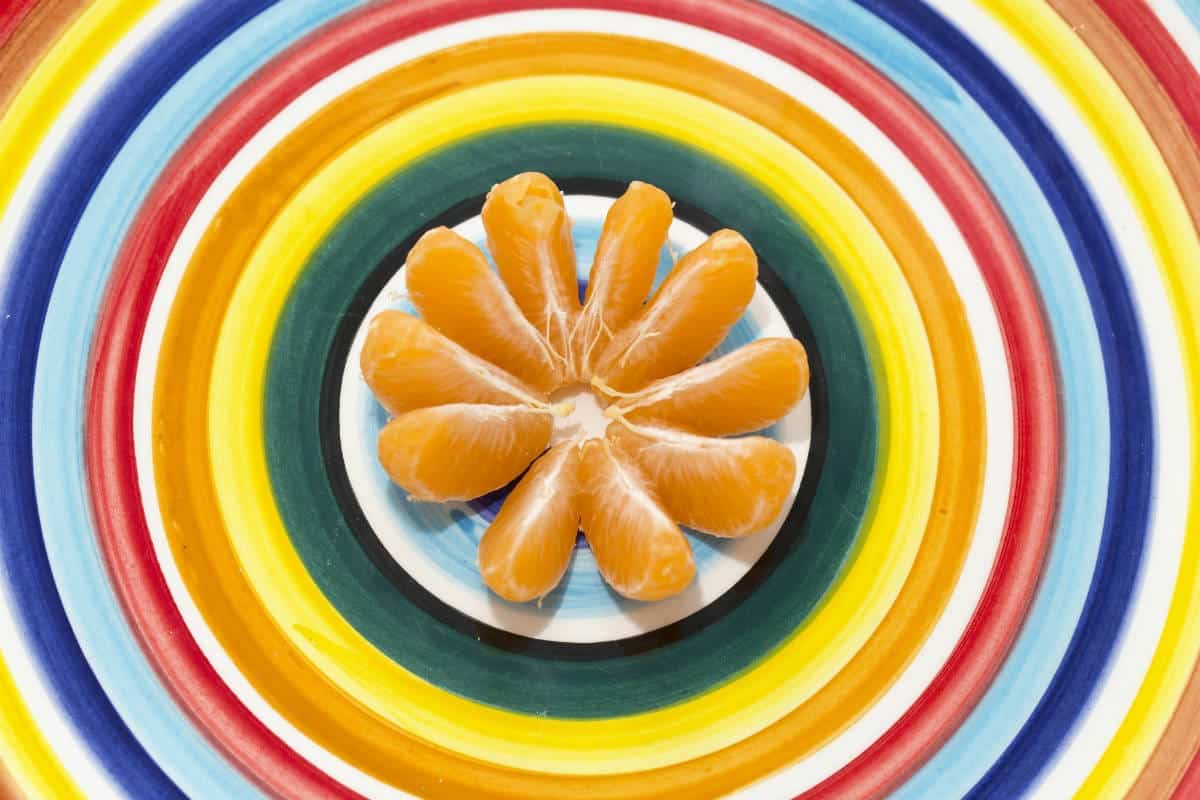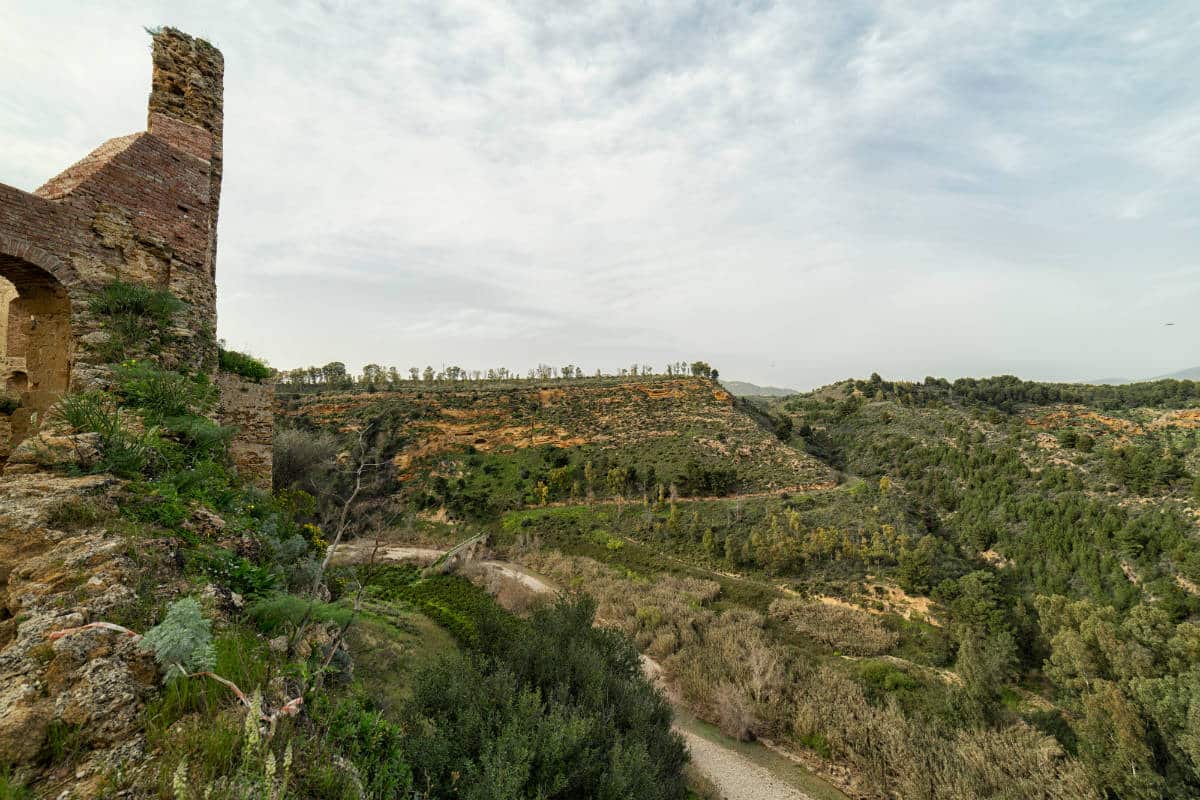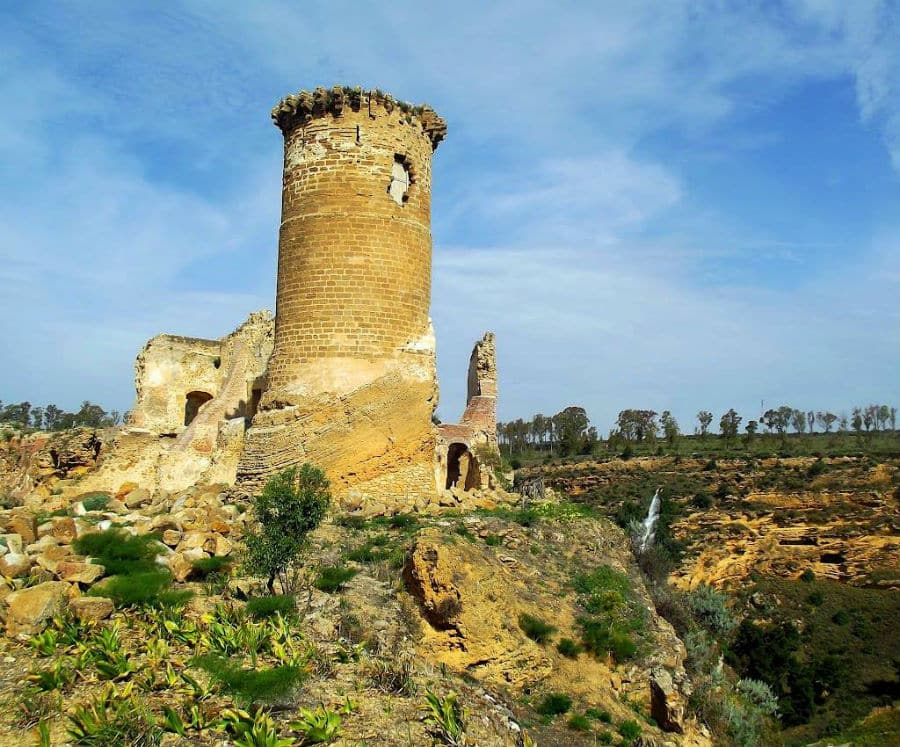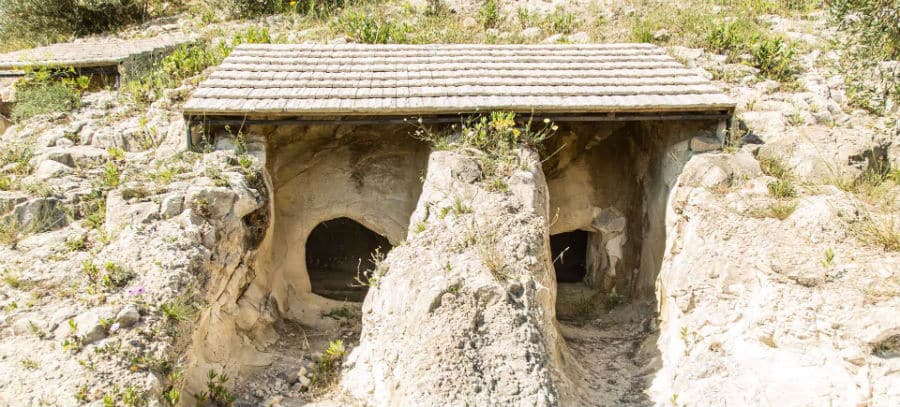Ribera, a charming Sicilian village located in the province of Agrigento, is known to be one of the most charming and picturesque towns in the region. Its nickname, "the city of oranges", is emblematic of the agricultural wealth that has characterized this corner of Sicily for centuries, where the mild climate and fertile soil favor the cultivation of citrus and other typical products of the land. But Ribera is not only agriculture and nature. It is a town rich in history, culture and traditions rooted in the medieval past, but which continue to live on in the present thanks to a community that, despite being small, is strong and rooted in its values.
The village of Ribera is located in a privileged position, nestled between the sea, mountains and rivers, like a precious stone. This extraordinary landscape is its distinguishing feature, giving Ribera a unique atmosphere. The sea in Ribera, in fact, is one of its most beloved elements, with crystal-clear waters that dye the coastline blue, creating breathtaking scenery. Ribera's seafront promenade is the ideal place to stroll at sunset, when the lights of the city are turned on along the coast and the atmosphere becomes enchanting. The mouths of the Platani, Verdura and Magazzolo rivers, which meet in the area, are another aspect that makes Ribera special. The meeting of these waters gives life to landscapes of rare beauty, where nature is the real protagonist.
The origins of the village
Ribera has origins dating back to the late 16th century, when, after the end of the Turkish raids, many farmers moved to the area to take advantage of the fertility of the land. This was the period when the town took shape. In 1635, in fact, the Prince of Paternò, Don Luigi Moncada, decided to found a new town in the Stampaci Plain, a fertile area crossed by the Platani and Verdura rivers. The reason for the foundation was simple: to make life easier for the peasants who lived around Caltabellotta, allowing them to cultivate the land without having to move too far away. The town was named Ribera, in homage to the prince's wife, Maria Afan de Ribera, daughter of the Duke of Alcalá.
Over the centuries, Ribera developed, becoming an important agricultural center. Beginning in the 19th century, rice production became one of the town's main activities. In 1841, Ribera was recognized as the first center of rice production in Sicily, a record that contributed to its demographic and economic growth. However, the town was not immune to difficulties, such as the cholera epidemics that decimated the population, but its ability to recover from these difficulties has been a distinguishing feature throughout its history.
Ribera also played a significant role during the most turbulent phases of Sicily's history, such as the Revolution of 1848, when a revolutionary committee led by Tommaso Crispi-the father of Francesco Crispi, one of Italy's most important statesmen-was also formed in this village. In addition, Francesco Crispi's birthplace is one of the places of historical interest in Ribera, a landmark for those who wish to understand the political history of the town and Sicily. The young Crispi, who would become one of the protagonists of Italy's unified history, strongly linked his name to this village, where he was born and grew up.
The urban identity of Ribera
Ribera's landscape is further enriched by the architectural and artistic structures that characterize its urban fabric. Although the town has developed mainly in recent times, it is possible to admire buildings of historical and artistic value that tell the story of a community that has been able to mix tradition and modernity. The town's urban design, with its wide, well-aligned streets, reflects the avant-garde principles adopted during its founding, while its buildings, with styles ranging from baroque to neoclassical, bear witness to a past rich in cultural influences.
Despite the economic and social challenges it has faced throughout its history, including the fight against latifundia and the hardships of disease and misery, Ribera has always managed to resist and prosper, thanks to the strength of its people. After World War I, the agrarian issue also became central in Ribera, where peasants demanded greater control over land and property that had been managed by distant lords, such as the Duke of Bivona, who did not care about his Sicilian lands. Social tensions resulted in episodes of great historical significance, such as the one related to the "Cesare Battisti" cooperative, which became the spokesman for popular demands.
Today, Ribera is a town that retains its agricultural and cultural identity, but looks to the future with an ever-increasing focus on enhancing its natural and historical heritage. Its strategic location, crystal-clear sea, agricultural traditions, and political history make it an ideal destination for those seeking an authentic destination where they can immerse themselves in the beauty of the Sicilian landscape and the history of one of Sicily's most fascinating and storied cities.


